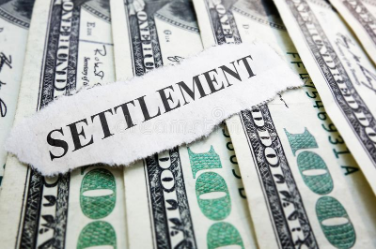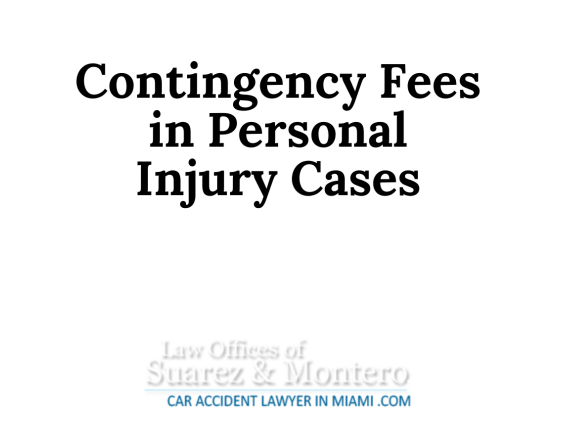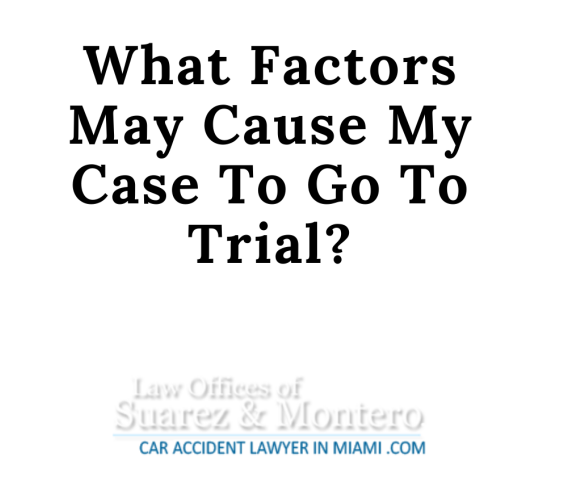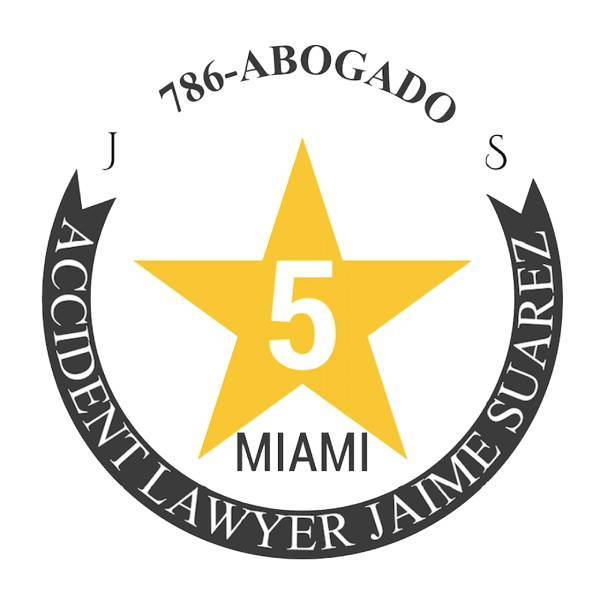
The Process of Receiving a Personal Injury Settlement
When you’re involved in an automobile accident, you are entitled to recover your damages from the at-fault party. Past and future medical bills, out-of-pocket expenses, lost wages, and other economic damages are all the types of damages you can pursue. You could also recover compensation for your physical, emotional, and mental pain and suffering, diminished quality of life, permanent impairments, and other non-economic damages.
If the at-fault party carries insurance with adequate Bodily Injury coverage, this means there will be a period before you file a lawsuit where you will negotiate a settlement with the insurance company to attempt to receive the maximum compensation for the above-mentioned damages.
Many personal injury cases settle without going to court. Settlements are preferred because both parties avoid the sometimes unpredictable but always costly litigation process. However, you might need to file a lawsuit if the other party refuses to agree to a fair settlement or denies liability completely. At the end of your case, whether by successful trial or negotiations, you receive a check for your damages.
A final settlement occurs when both parties come to an agreement to release each other from liability in exchange for an agreed amount of money.
This settlement can happen at any point from the day the claim is open to the day before trial, depending on several factors. For example, if you are unrepresented, an insurance company will try to trick you into settling early by offering an amount of money that is a fraction of what your case may be worth. The aim is to settle the case without paying full value for the damages. They do this regularly and this is why it is not advisable to do this without an attorney.
Another factor that can determine the amount of your settlement is the evidence available in the case. As your case progresses, your lawyer gathers more evidence such as police report, surveillance footage, witness statements, block box data, etc. The more this evidence is in your favor, the larger your settlement amount will be.
Finally, when you complete medical treatment and the attorney has all evidence necessary for a settlement, we will send the insurance company a settlement demand letter with all of the information. The letter outlines your damages, the legal argument for liability, and the amount you agree to accept to settle the case.
Generally, your personal injury lawyer and the insurance company negotiate back and forth by making counteroffers. Eventually, they agree on a settlement amount. Next, your lawyer discusses with you whether the settlement is fair and the risks of going to trial.
If you decide to accept the settlement offer, your lawyer proceeds to draft the settlement documents.
In many cases, signing a release is quick, but in some cases it could take several weeks for both parties to agree to the exact wording and terms of the settlement agreement.
The purpose of these release agreement is to release the insurance company, at-fault party, and all other parties (known and unknown) from further liability or damages in connection with the accident. In other words, you release all rights to pursue further claims or demand more money.
It’s important to keep in mind that reaching a settlement is not an admission of fault by either party. The insurance company is paying you to make the problem go away, not necessarily because they agree they’re at fault (even though most of the time they are).
Your attorney reviews the settlement agreement with you. Read it carefully to ensure you understand the terms. Ask your attorney questions if you do not understand a specific section. For example, it is very important to understand the non-disclosure provision of the settlement agreement, which pretty much says that if you reveal the terms of the settlement to anyone or the media, the settlement will be void and you will have to return the money.
The Settlement Check Process After Signing the Documents
Florida insurance laws require an insurance company to tender payment within 20 days after reaching a settlement. The settlement check is generally payable to you and your personal injury lawyer.
Your attorney deposits the check into an escrow account. The funds must be held in trust until the check clears the bank. Once the check clears, the attorney can disburse the funds to you.
However, there are some steps the attorney must take before giving you your money. First, the attorney must pay any outstanding medical bills and medical liens. The lawyer confirms with your medical providers whether you owe any bills related to the personal injury case. We negotiate with medical providers to lower the amount of their bills and liens to put more money in your pocket.
The lawyer must also pay subrogation claims. Subrogation claims are demands from your health insurance company for reimbursement of medical costs it paid related to your personal injury case.
Finally, your attorney deducts attorneys’ fees and costs. Most personal injury lawyers use contingency fees, meaning the fee amount depends on the case’s outcome. This fee is agreed to when you hired them.
The lawyer also reimburses the law firm for costs. Costs could include deposition fees, expert witness fees, copy costs, postage, fees to obtain records, filing fees, and trial preparation. The amount of the costs depend on the complexity of your case and how quickly your attorney was able to reach a settlement with the other party.
When all is ready to go, your lawyer will call you into the office and you will receive your check tax free.
No one hands clients larger checks than I do.
If you or a loved one are injured in an accident, call Jaime “Mr. 786Abogado” Suarez today!





